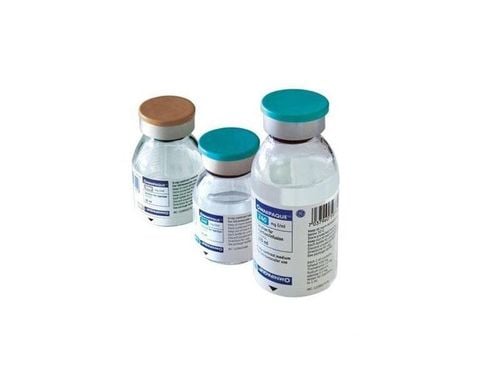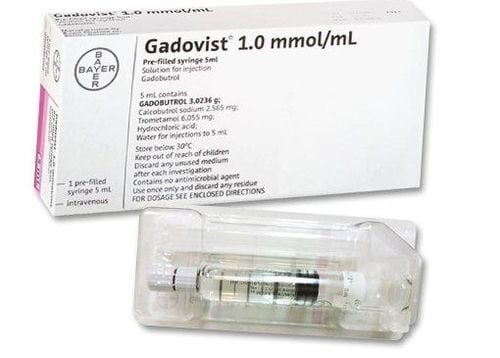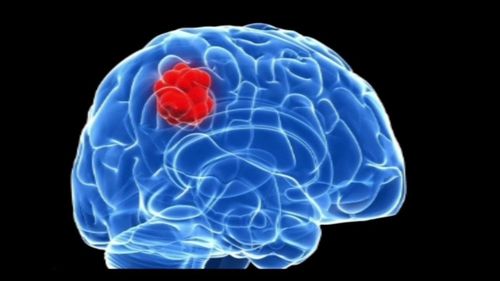This is an automatically translated article.
The article was written by Specialist Doctor I Vo Cong Hien - Radiologist, Department of Diagnostic Imaging - Vinmec Nha Trang International General HospitalContrast that contains iodine (contrast agent) is used to improve the pictures of the inside of the body made by X-rays, computed tomography (CT). Usually, a contrast agent helps the doctor distinguish between normal and abnormal conditions in the body.
1. What should be noted before using contrast agent?
Contrast is not a dye that permanently discolors internal organs. This is only a substance that temporarily changes the way X-rays or other imaging tools interact with the body. Immediately before the test, when contrast material is introduced into the body, it will cause certain structures or tissues in the body to show up differently on the images than they did without the contrast agent.
Contrast agents help to differentiate or “increase contrast” for selected areas of the body from surrounding tissues. By improving the visualization of organs, blood vessels or tissues, contrast agents help doctors diagnose a patient's health condition.
Contrast when introduced into the body by many methods In this article, we refer to intravenous contrast agents used to increase contrast in X-ray and CT images.
Because the contrast medium has some risk of causing allergies or unwanted effects, patients should inform their doctor about:
Allergies to contrast dyes, foods, drugs, dyes, substances preserve or animal; Current medications, including dietary supplements; Recent illness, surgery, or other health condition; History of asthma and fever; History of heart disease, diabetes, kidney disease, thyroid disease, or sickle cell anemia. Prophylactic hypersensitivity with antihistamines or corticosteroids may be required, but these measures are not of definitive value. Reporting of pregnancy status in female patients: Contrast-enhanced imaging studies should be avoided during pregnancy to minimize the risk to the fetus. However, in cases where it is absolutely necessary, the doctor will explain the potential risks and benefits of contrast-enhanced computed tomography. The patient will be provided with specific instructions on how to prepare for the survey and the patient's and family's assurances before the injection.
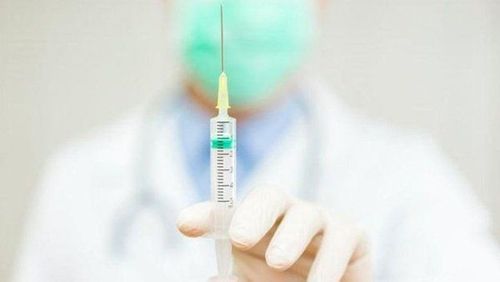
Thuốc cản quang khi đưa vào cơ thể bằng nhiều phương pháp
2. What is the process of using contrast agent?
When contrast is injected into the body, the patient will have a feeling of warmth throughout the body and a metallic taste in the mouth that lasts for a few minutes.
The patient may feel some discomfort when the needle is inserted into the skin. Tension pain if the drug is released.
3. What should be noted after using contrast agent?
Doctors, technicians and nurses will closely monitor the patient during and after the injection for about 30 minutes, detect and promptly handle any complications or side effects. After the needle is removed, the site may be bruised. For patients who are breast-feeding: It is recommended that mothers not breastfeed for 24 to 48 hours after administration of the contrast agent. However, the American Radiological Society and the European Society of Urology Radiology note that the available data suggest it is safe to continue breastfeeding after the administration of contrast agents.
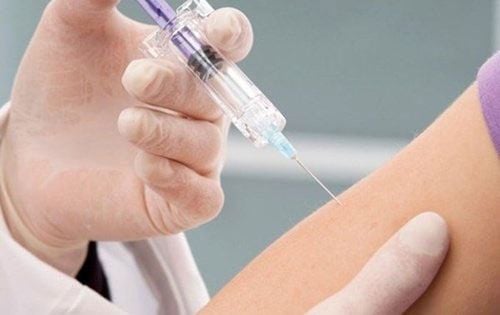
Khi thuốc cản quang được tiêm vào cơ thể, bệnh nhân sẽ có cảm giác âm ấm toàn thân
Vinmec International General Hospital has invested in a modern 512 slice CT Revolution scanner system with many outstanding advantages.
First, the machine takes fast, thin-slice, high-quality images, helping to diagnose pathologies such as: CT scan of brain stroke (multiphase, perfusion), thoracic scan, angiography to reduce the amount of drugs Contrast ....... Furthermore, with 128 CT scanner, it helps to accurately diagnose coronary artery diseases, support early detection and monitor cancer pathology. This will create opportunities for patients to accurately detect the affected areas, localize the disease... through which doctors will develop a more accurate treatment regimen.
Customers can directly go to Vinmec Health system nationwide to visit or contact the hotline here for support.
MORE:
What is Contrast? What is a CT scan? In which cases need contrast injection? Contrast in computerized tomography (CT Scan)





